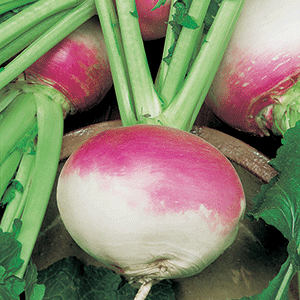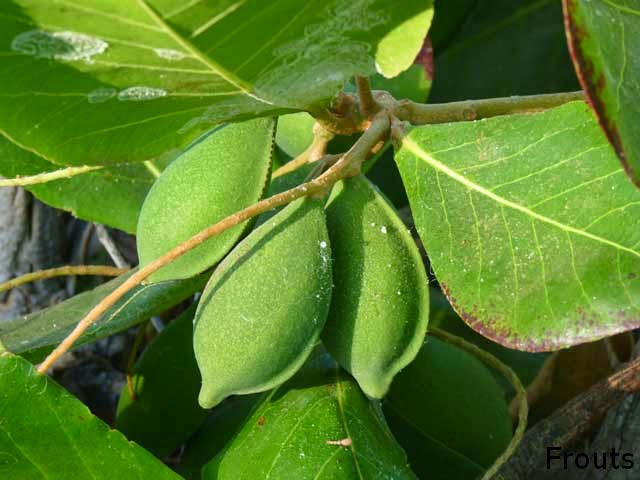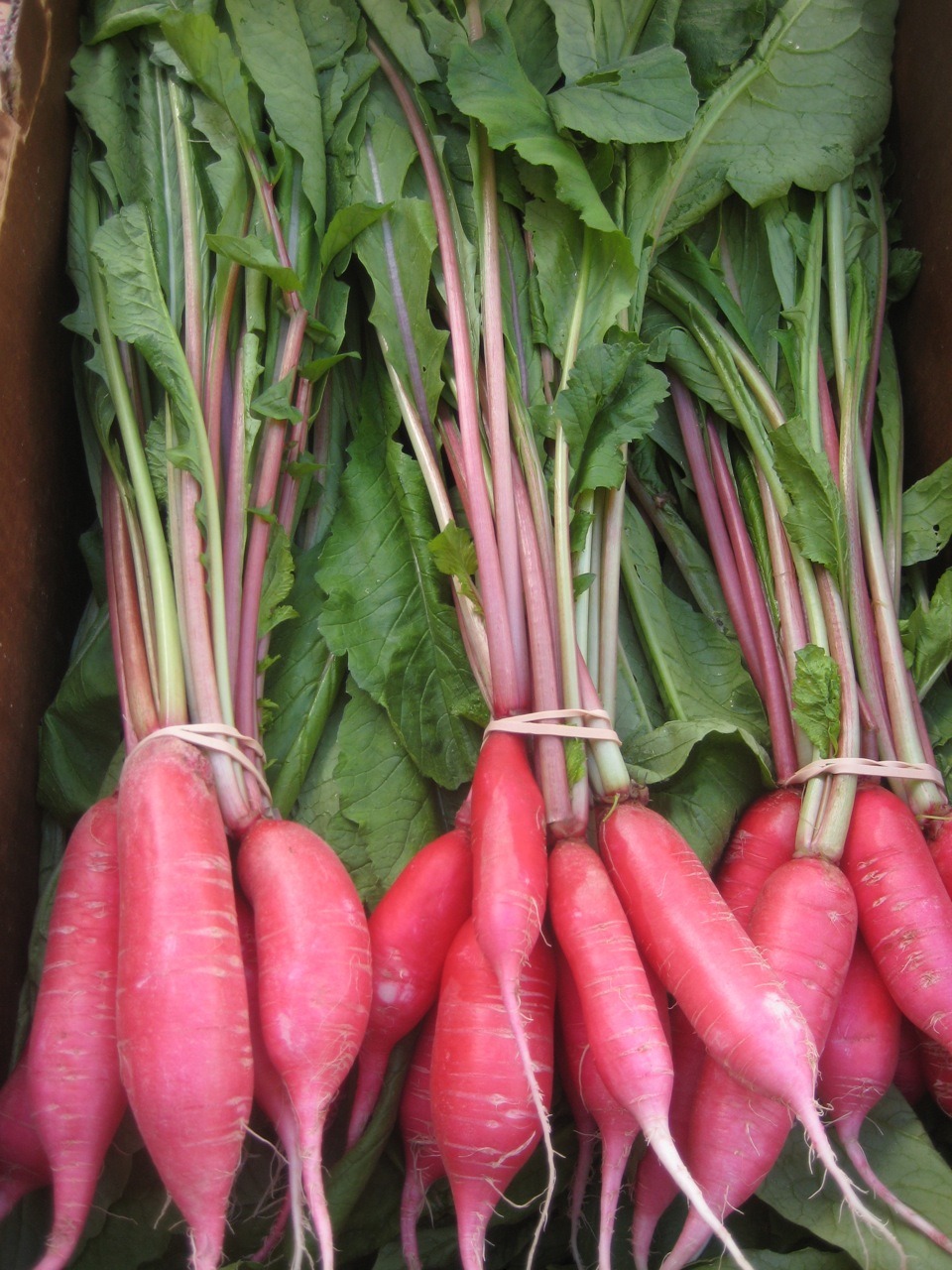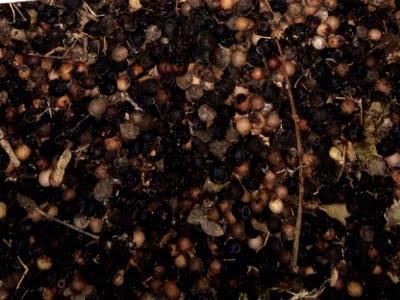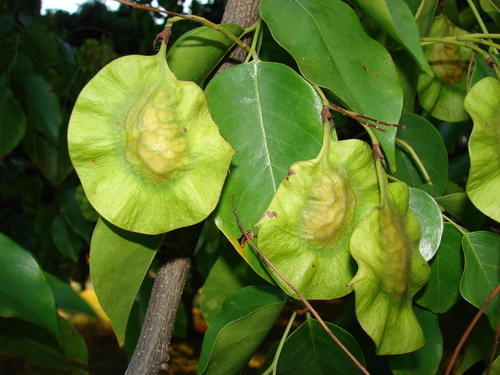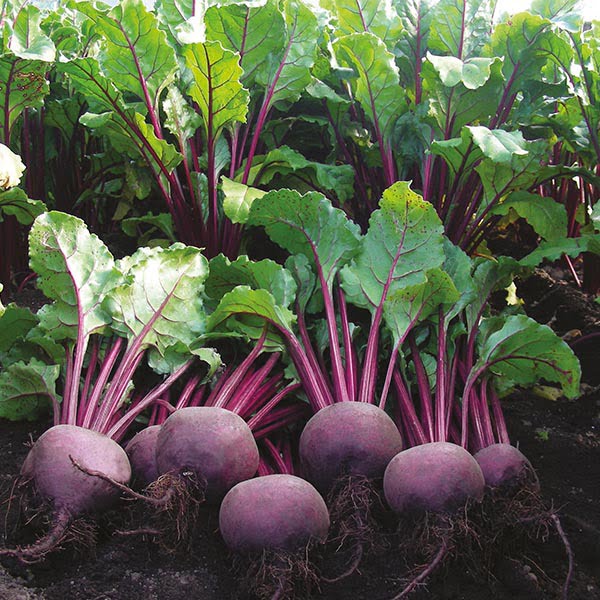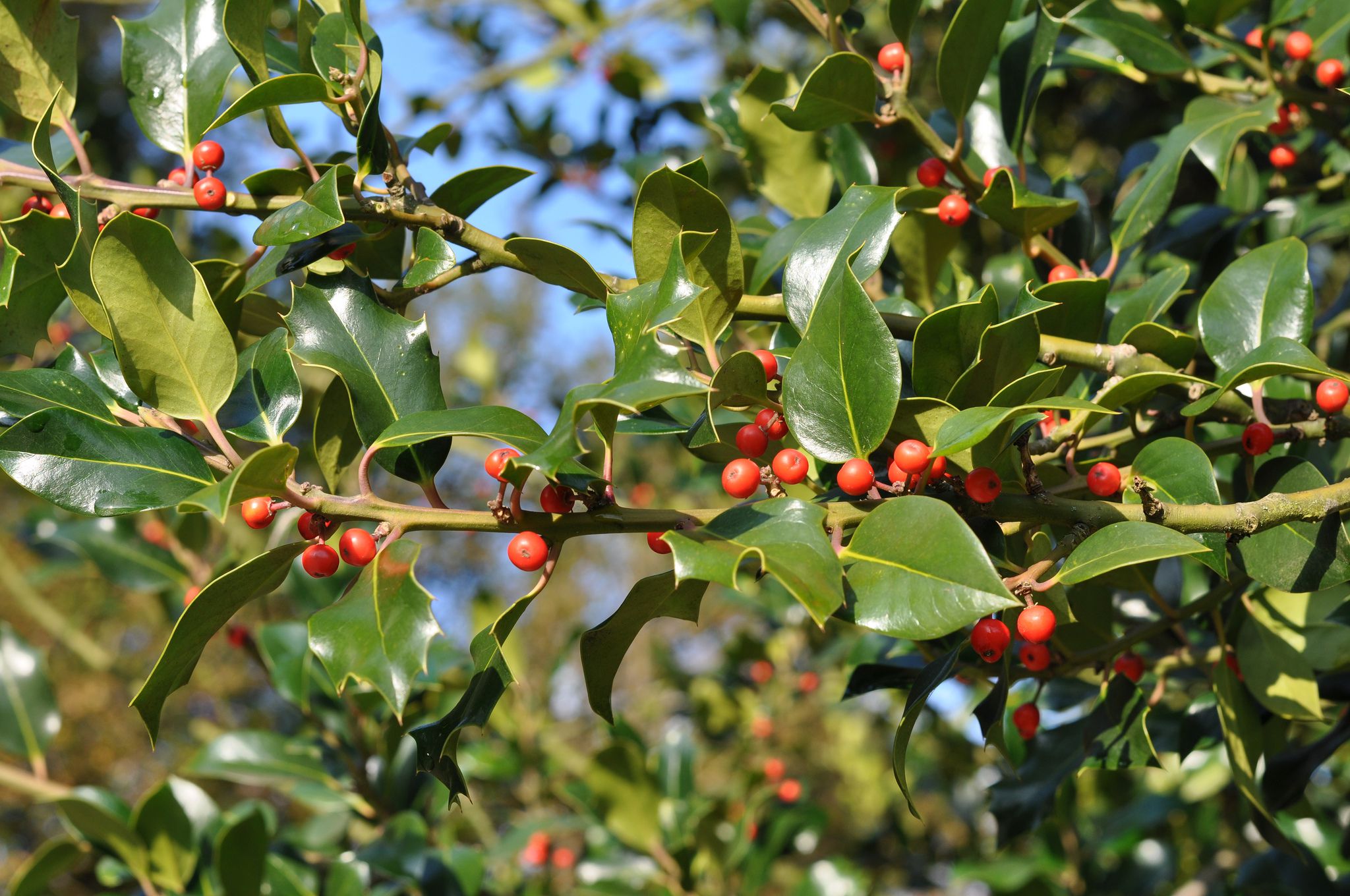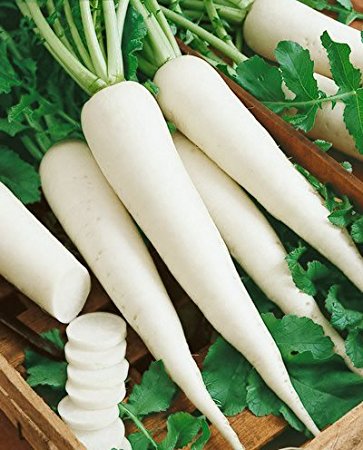Description
Description For Bittergourd Seeds
Bitter gourd is a temperate/tropical vegetable offering iron, beta carotene, potassium, and calcium. It also contains high amounts of fiber, phosphorous, and Vitamins C, B1, B2, and B3. The plant thrives in heat and humidity and with the rise of summer temperature, the vines grow faster.
How To Grow Bittergourd From Seeds
Introduction and Uses: Bitter Gourd also known as Karela / Bitter melon. It is a unique vegetable that can is used for both culinary and medicinal purposes. This oblong shaped vine variety showcases a warty exterior with its size, texture and has a bitter taste.
It is rich in minerals and vitamins. The fruit contains anti-diabetic properties, charantin, which might have a blood glucose-lowering effect, vicine and polypeptide-p an insulin-like compound. These features work to help reduce blood sugar levels. It also contains the lectin that reduces blood glucose and is thought to be a major factor behind the hypoglycemic effect that develops after eating bitter melon.
Botanical Name: Momordica charantia.
Sowing Season: Monsoon & Summer
Sowing method: Seeds are sown directly in raised beds or containers.
Growing container: Use big circular pots or grow bag with 16” diameter and minimum depth of 8-10 inches.
STEPS FOR SEED SOWING (SEED STARTING) IN A CONTAINER:
Take a container of your choice with drainage holes at the bottom.
Fill the container with proper potting layers & selected growing medium.
Sow 2 seeds at the centre of a pot.
Spacing: On raised beds, sow two seeds per spot in a spacing of 3 x 3 ft.
Push the seeds a little in soil medium with your fingers & completely cover them with surrounding soil.
Water the sown seed bed immediately by a light shower with a watering can.
GROWTH STAGES OF BITTERGOURD SEED:
Sprouting stage: Seeds will germinate within first 6-8 days or so & tiny sprouts will be visible.
Cotyledons: The first two leaves will emerge in the second week of germination. These are false leaves called as cotyledons.
First leaves: First leaves will emerge above cotyledons at the end of the second week.
Seedling stage: Second week onwards, seedlings will start growing into a small plant.
Thinning: After the second week, keep only single seedling at one spot, Cut off the weak, small & lagging seedlings with a pair of scissors.
HOW TO TAKE CARE FOR BITTERGOURD PLANT:
Sunlight: Bitter Gourd plants require full sunlight. Therefore your raised bed should be made at a bright sunny spot. Keep the Bitter Gourd container under open sunlight.
Watering technique: Water your potted Bitter Gourd plant every day in summer. Water the soil near the plant. Use a watering can to make sure that the plants get water in the form of the shower & not by a single flow. You can also make provision for watering by drip irrigation system for your raised beds.
Trellis: Bittergourd is an aggressive climber & needs plenty of space to grow. So develop a strong trellis support up to height of 5-6 ft, by using locally available material like pipes, bamboo, ropes, wires etc. for your bitter gourd plant.
Manuring: As mentioned earlier, add good quality organic manure in the soil with 2:1 ratio before sowing seeds. Organic manure can be well rotten cow dung manure, farmyard manure, Compost or Vermicompost.
Top dressing: When your Bittergourd climber is more than 45 days old, Provide one tablespoon of 15:15:15 (NPK) Fertilizer per plant or mix handful of Vermicompost in the soil around each plant.
Plant care: Always look for the early signs of any insect/fungal/ any other infections. Spray appropriate medicines as soon as any symptoms of such diseases are spotted. Watch out for Powdery Mildew when plants are young.
Note: Bitter Gourds have separate Male & female flowers on same plant. Fruits will be formed on female flower after pollination.
Hand pollination of flowers: Take ‘pollens’ from male flowers on painting brush or cotton bud & dust them on ‘stigma’ of female flowers. This will increase overall production of Bitter Gourd. This step is not mandatory. Read about types of insect pests in your garden.
Harvesting: (60 days) Bittergourd climber will start flowering at the end of second month. You can start harvesting raw bitter gourd fruits after 2 months of seed sowing. Harvesting season can continue for next 3 months.








